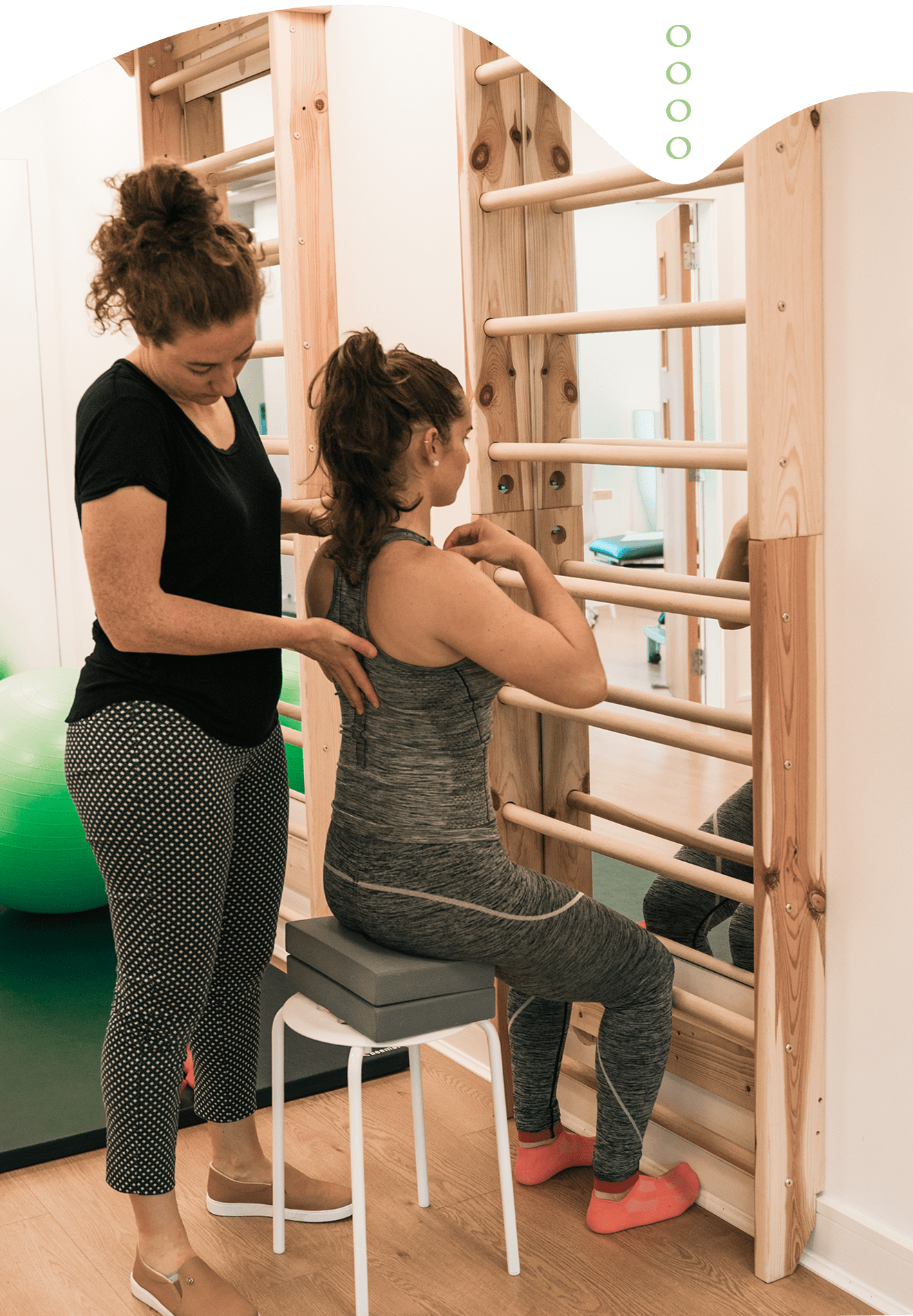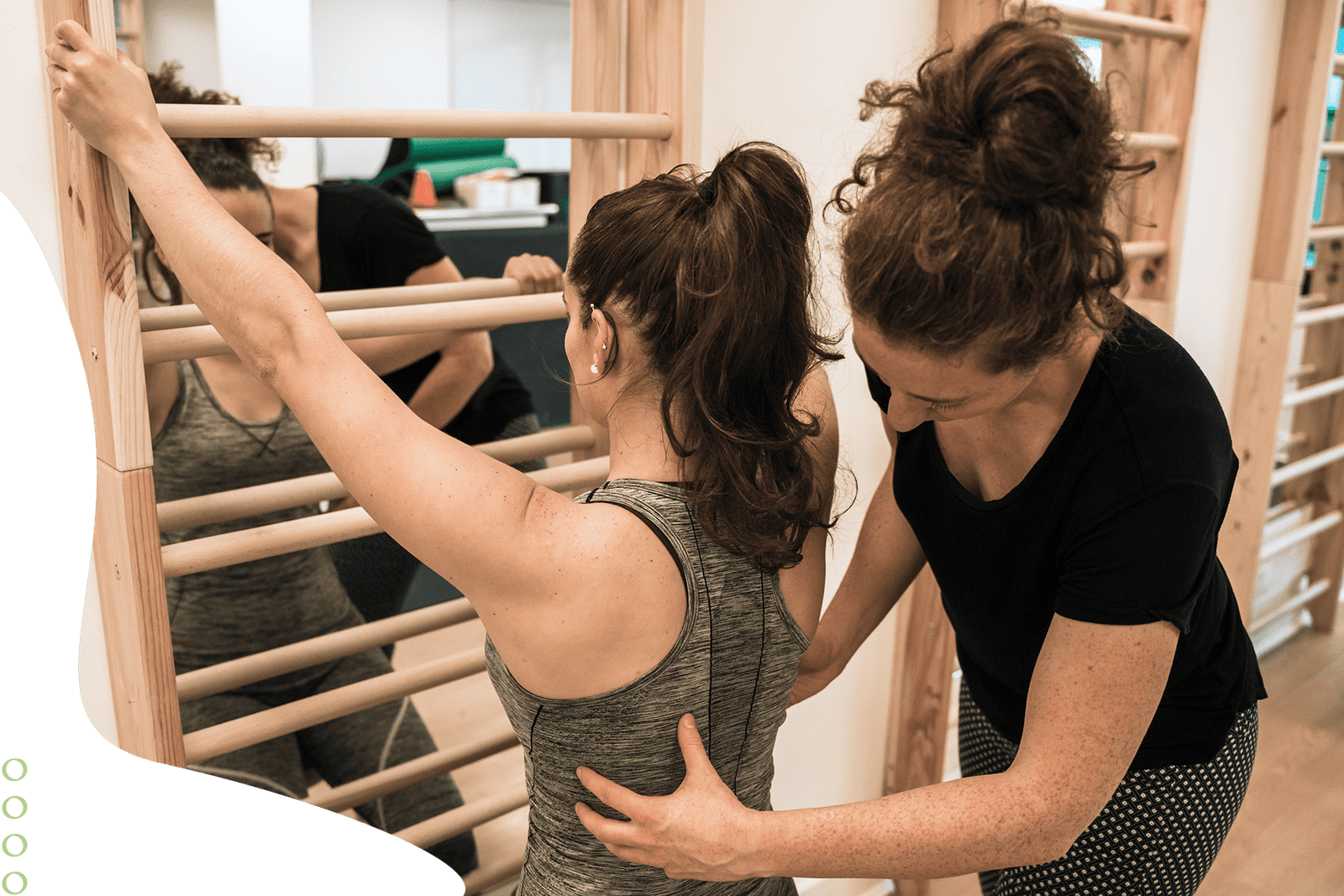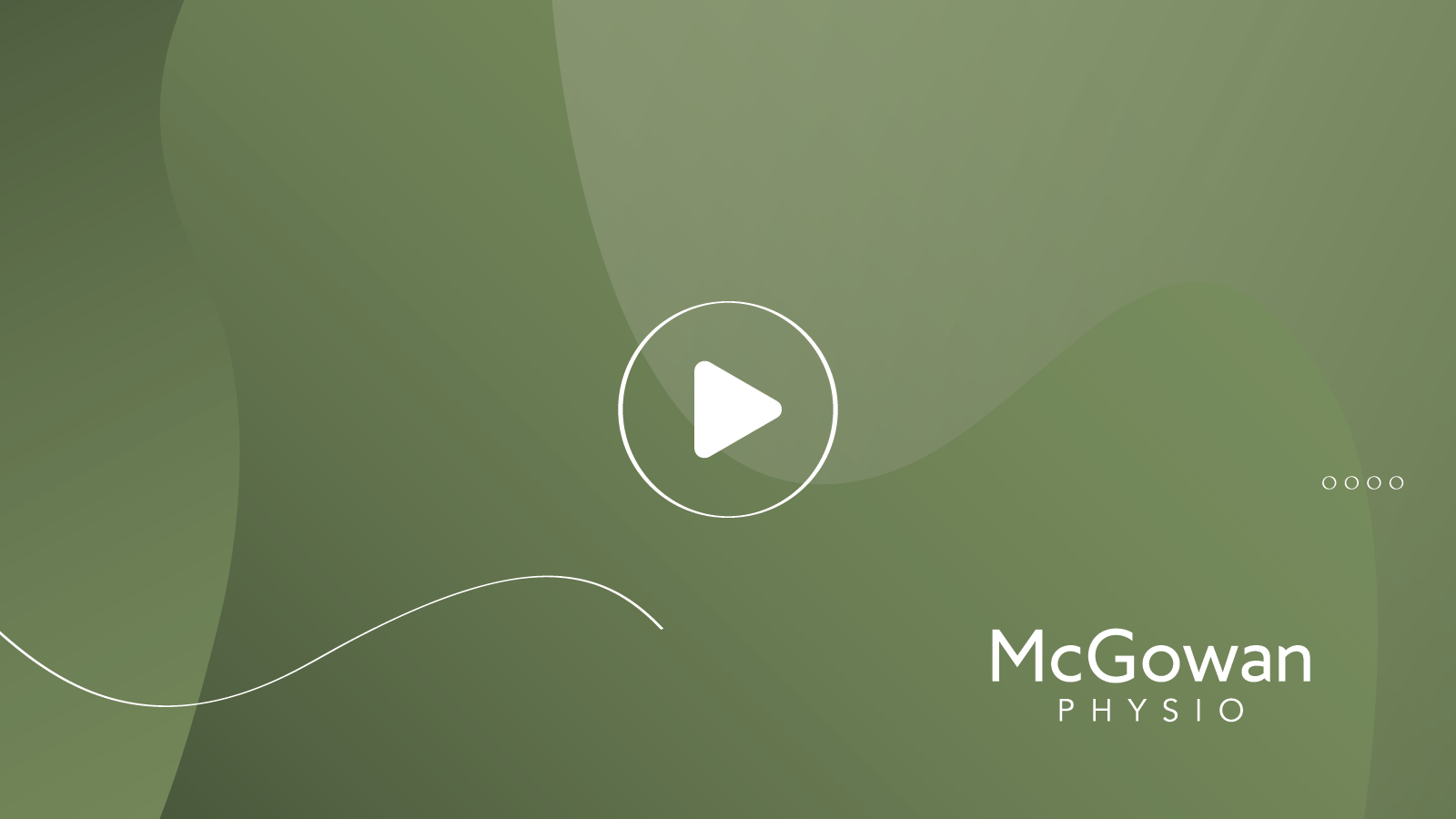Scoliosis
Schroth, Pre-hab and Rehab, Postural Screening
A scoliosis is a three-dimensional change in the shape of the spine. The vertebrae rotate, laterally deviate and extend. There can be one curve or there can be multiple curves. Generally, there is one major curve and the secondary curves form as a compensation to keep the body upright. There are different types of scoliosis: idiopathic, congenital, neuromuscular and degenerative. Adolescent idiopathic scoliosis is the most common type and it is the type of scoliosis we treat most often. Idiopathic simply means there is no known cause. At McGowan Physio we are trained in Schroth. Niamh has completed training in ISST and both Niamh and Garett are currently undergoing training through BSPTS.

The Schroth Method
Specialist Assessment

The Exercises


We were referred to Spinal Specialist Physiotherapist Niamh McGowan
in July 2020 and can honestly say that we would not have been able to navigate our scoliosis journeys without her.
Patricia & Briain Kelly
Schroth Goals
Spinal correction
in 3D
Improved chest mobility
and respiratory function
Postural awareness
and postural changes
Cosmetic
improvements
Support for brace
treatment
At McGowan physio we also offer scoliosis and kyphosis screening as well as postural assessment.
Bracing & Scoliosis Specific Exercise


